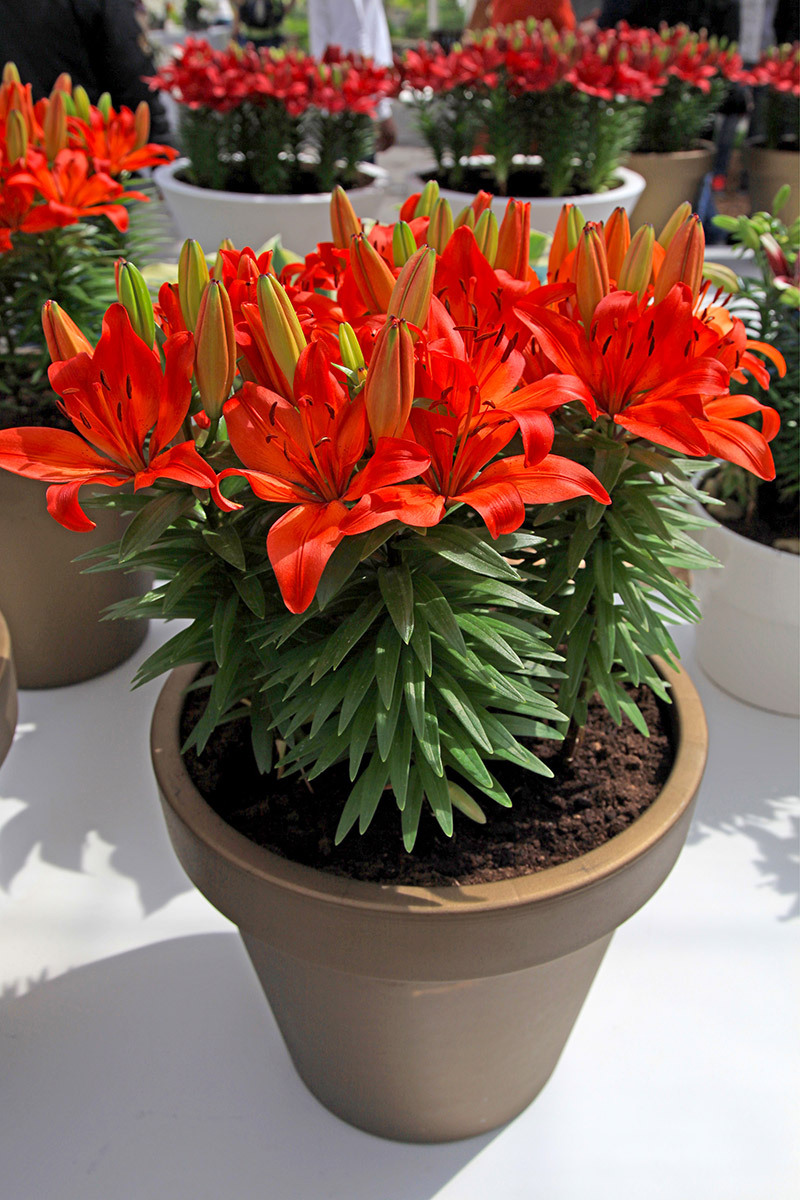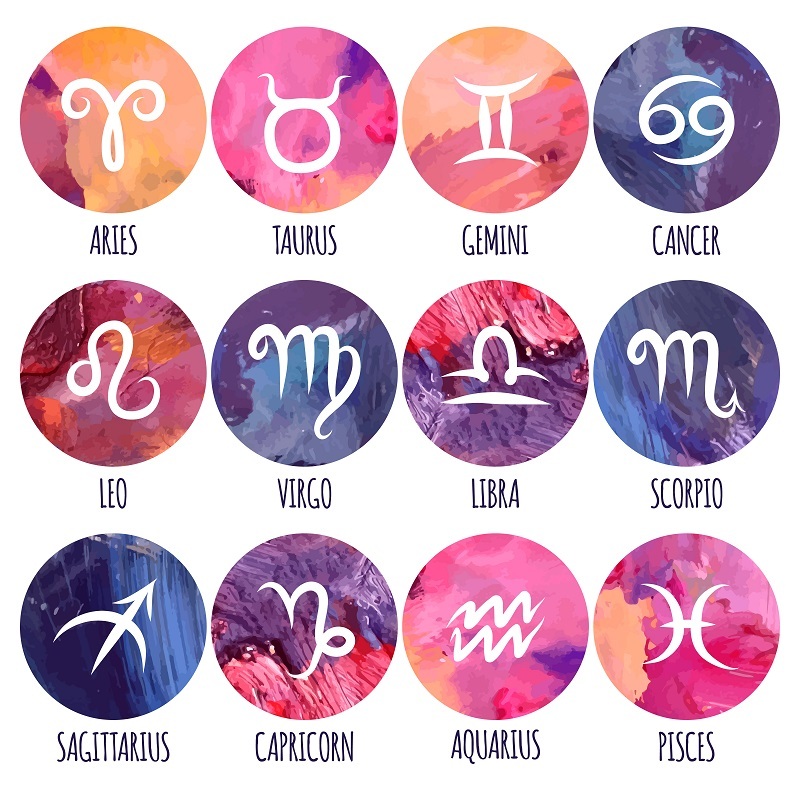Ensuring Your Poinsettias Stay Vibrant Longer
Posted on 20/08/2025
Ensuring Your Poinsettias Stay Vibrant Longer: The Complete Guide
Poinsettias are iconic holiday plants admired for their vivid red, white, or pink bracts and lush green leaves. While these tropical beauties are cherished for adding festive cheer, many find it challenging to keep poinsettias alive and vibrant longer than a few weeks. Learning how to care for your poinsettia properly can ensure it thrives throughout the holiday season--and even well into the new year. In this comprehensive guide, you'll find expert tips and proven strategies for ensuring your poinsettias stay colorful, healthy, and long-lasting.
Understanding Poinsettias: A Quick Overview
Poinsettias (Euphorbia pulcherrima) are native to Mexico and Central America and are renowned for their brilliantly colored bracts, often mistaken for flowers. The actual poinsettia flowers are the small, yellow structures at the center of the bracts, known as cyathia. In their native climate, poinsettias flourish as perennial shrubs, sometimes reaching impressive heights. However, in cooler regions, they are mostly grown as seasonal potted plants.
Why Do Poinsettias Lose Color and Vibrancy?
- Incorrect watering
- Insufficient or excessive light
- Extreme temperatures
- Low humidity levels
- Pest infestations or disease
Addressing these factors is crucial to ensure that your poinsettia maintains its beauty and vigor.

How to Keep Your Poinsettias Vibrant Longer
1. Choose a Healthy Plant
- Select a poinsettia with bright, well-colored bracts and dark green foliage.
- Avoid plants with drooping leaves, yellowing, or signs of pest damage.
- Look for a plant where the tiny yellow flowers (cyathia) are just beginning to open--this signals freshness.
2. Transport with Care
Poinsettias are sensitive to cold. When bringing your plant home, wrap it in paper or plastic to shield it from chilly air. Even brief exposure to cold drafts can cause leaf drop and bract damage.
3. Provide the Ideal Light
Poinsettias thrive in bright, indirect sunlight. To maximize bract color and health:
- Place your plant near a sunny window, but avoid direct afternoon sun that can scorch the leaves.
- Rotate the pot every few days to ensure even exposure.
If your room is dim, consider using grow lights to supplement natural light and keep your poinsettia vibrant and colorful for longer.
4. Maintain Optimal Temperatures
Poinsettias prefer daytime temperatures between 65-70?F (18-21?C) and a little cooler at night but not below 55?F (13?C). Keep the plant away from cold drafts, unsealed windows, and heat sources such as radiators or fireplaces. Sudden temperature changes can stress the plant and cause leaves or bracts to drop prematurely.
5. Water Properly for Extended Vibrancy
Correct watering is pivotal to poinsettia longevity:
- Check the soil daily: it should be slightly moist but never soggy.
- Water the plant when the top inch feels dry. Use lukewarm water and avoid letting the plant sit in runoff--empty any excess from the saucer.
- Never allow your poinsettia to dry out completely, as wilting can be fatal.
A consistent watering regime ensures your poinsettia stays vibrant and stunning well beyond the holiday season.
6. Raise Humidity for Healthier Plants
Poinsettias are native to humid environments. Indoor air tends to be dry in winter, which can lead to leaf curl and drop.
- Group your poinsettia with other houseplants to increase humidity naturally.
- Place a tray filled with pebbles and water under the pot (without letting the roots touch the water) to boost moisture around the plant.
- Avoid misting; it can encourage fungal problems.
7. Feed Your Poinsettia Thoughtfully
Fertilize sparingly while your poinsettia is in bloom. Typically, you won't need fertilizer during the flowering (colorful) period unless you plan to keep the plant into spring and summer. If you do:
- Use a balanced, all-purpose houseplant fertilizer every 3-4 weeks during the plant's active growth phase--usually after the holidays.
8. Protect Against Common Pests and Diseases
- Inspect regularly for signs of whitefly, spider mites, aphids, or fungus gnats.
- Use a gentle stream of water to rinse pests or treat infestations promptly with insecticidal soap.
- Remove fallen leaves, which can harbor pests and fungi.
9. Avoid Ethylene Gas Exposure
Ethylene--a natural plant hormone--speeds up poinsettia aging and bract fading. Sources include ripening fruit, cigarette smoke, and exhaust. Keep your poinsettia away from these items to prolong its vibrancy.
10. Pruning and Post-Holiday Care
After the holiday season, you can choose to care for poinsettias year-round and encourage them to rebloom.
- In early spring, when the bracts fade, cut the plant back to about 6 inches tall to stimulate new growth.
- Re-pot if the plant has outgrown its container.
- Resume regular watering and fertilize monthly.
Encouraging Rebloom for Next Year
Understanding Poinsettia Photoperiodism
Poinsettias are "short-day" plants. In order to initiate new colored bracts for winter, they require long nights and short days of light exposure--at least 14-16 hours of uninterrupted darkness each night for 8-10 weeks, beginning in fall (usually around mid-September).
How to Force Rebloom
- Each evening, place your poinsettia in a dark closet or cover it with a lightproof box from 5 PM to 8 AM.
- During the day, return the plant to a sunny spot for at least 6 hours of light.
- Maintain normal watering and temperatures throughout the process.
*If you're patient and consistent, your plant should reward you with fresh, vibrant bracts in time for the next holiday season!
Common Mistakes to Avoid for Longer-Lasting Poinsettias
- Overwatering or underwatering
- Exposing the plant to cold drafts or high heat
- Lack of humidity
- Placing the plant in low light, causing bracts to lose color
- Neglecting regular inspection for pests and diseases
- Forcing darkness too early or inconsistently when trying to rebloom
Bonus Tips: Decorating With Poinsettias
- Keep poinsettias out of reach of pets and small children. While not as toxic as once believed, ingestion can still lead to mild stomach upset.
- Poinsettias make excellent centerpieces--position them where temperatures are stable and where you can monitor their light and water requirements easily.
- Mix poinsettias with evergreen branches, pine cones, or seasonal ornaments for a stylish display that feels fresh and festive.

Frequently Asked Questions (FAQs) About Vibrant Poinsettias
- How long can poinsettias last indoors?
- With proper care, poinsettias can remain vibrant for 2-3 months or longer. Keeping the plant healthy through late winter and even beyond is possible if you follow expert care tips.
- Can you keep poinsettias alive year-round?
- Yes! While many treat poinsettias as seasonal plants, with attention and care they can live for years and even rebloom each winter.
- Do poinsettias like direct sun?
- They thrive in bright, indirect light. Direct sun can burn the leaves and bracts, causing colors to fade prematurely.
- Why are my poinsettia leaves falling off?
- Leaf drop results from water stress, draft exposure, or sudden temperature fluctuations. Addressing these will help prolong the plant's health and beauty.
Conclusion: Ensuring Your Poinsettias Stay Vibrant Longer
Poinsettias add an unmistakable charm to any home during the holiday season and beyond. By following the simple but essential care tips above, you can ensure your poinsettias stay bright, colorful, and thriving long after you bring them home.
- Choose a healthy plant to start.
- Protect it from drafts and severe temperature changes.
- Provide adequate light, water, and humidity for optimal health.
- Stay vigilant against pests and promote proper air circulation.
Whether you're a holiday plant enthusiast or simply enjoy colorful decor, mastering these poinsettia care methods will reward you with lush, beautiful plants that last longer and bring more joy to your space.
Now that you know how to keep your poinsettias vibrant for longer, you're ready to enjoy their festive beauty all season and maybe even year-round!
Latest Posts
Ensuring Your Poinsettias Stay Vibrant Longer
Keep Your Flowers Looking Their Best with Minimal Effort
Essential Blooms: 5 Popular Valentine's Flowers to Gift with Passion
Flourishing Hydrangeas: The Ultimate Care Toolkit
Office Enchantment: Top 10 Plants with Low Maintenance Needs





